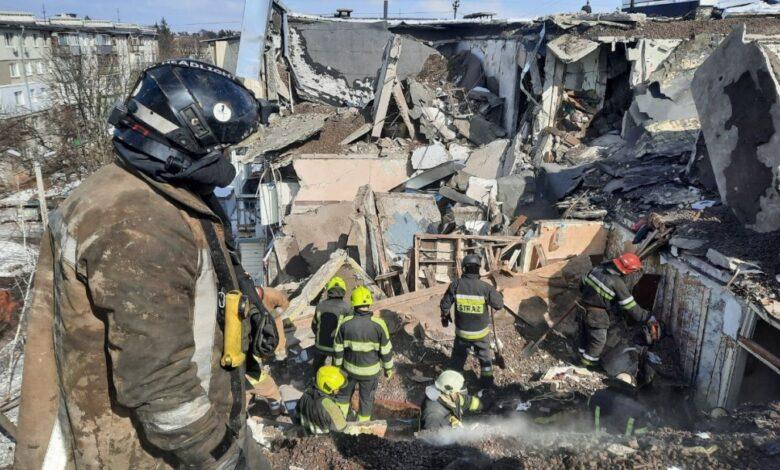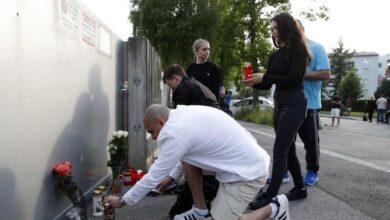The Ministry of Emergencies explained why the two-wall rule no longer guarantees safety during Shahed and rocket attacks

With the start of the full-scale war in Ukraine, the so-called “two-wall” rule was established among the key tips for the civilian population during an air alert. Its essence was reduced to a simple algorithm: in the event of a threat, stay in the room, which is located behind two main walls from the windows and the outer boundaries of the building. It could be, for example, a bathroom, a pantry or a corridor in the depth of the apartment. It was these areas that were considered relatively safe in the event of shelling, as the first wall would likely absorb the shock wave or debris, while the second wall would contain it and reduce the likelihood of lethal damage. However, with the development of military technology, this rule has ceased to be effective.
About changing circumstances that devalue once effective advice, told Pavlo Petrov, spokesman for the Main Directorate of the State Emergency Service in Kyiv. The two-wall rule was relevant to threats involving debris or explosions at a distance, he said. In such a scenario, physical barriers did work to contain the wave or reduce the risk of injury. However, the nature of today’s hostilities has changed significantly.
Russia is increasingly using high-precision weapons – Shahed kamikaze drones, Iskander or Kalibr missiles, guided aerial bombs that can hit the target directly. According to Petrov, there is a high risk of complete destruction of the entrance of an apartment building or a separate private building even with one hit. In the conditions of such an impact, physical walls cease to be a barrier, they simply collapse together with the interior.
He also emphasized that many people still believe that staying at home during shelling is enough. Such behavior, according to him, is connected with a false sense of security. However, the reality is different: if Shahed hits the building directly, the premises burn out in just a few minutes. The high temperature makes quick extinguishing impossible, and rescuers often simply do not have time to reach the epicenter. This means that even being behind several walls does not guarantee survival.
In the comment of the press officer of the State Emergency Service of Ukraine, Oleksandr Horunzhoi, a warning was also sounded: in the event of an impact that causes a building to collapse, the rule of two walls will not only not help, but may create an illusion of security. During the events in the Solomyansk district of Kyiv, when a rocket hit a residential building, the entire entrance was destroyed. Then those who were in the windowless baths and those who were hiding in the basement also died. After all, when the structures of a nine-story building fall, the basement becomes a death trap.
Cluster munitions pose a separate threat. Their action consists in simultaneously hitting a large area with a large number of submunitions. So even those far from the epicenter can be affected by rooftop explosions, debris or fire. At the same time, secondary factors, such as a ceiling collapse, a gas leak, or a fire, are no less dangerous: they occur even in the absence of a direct hit.
It is also important to consider the type of house. Monolithic buildings, as a rule, are more resistant to explosive action, unlike panel buildings. In the event of damage, the panel structure can “fold” in a matter of seconds due to the weak adhesion of the plates and the lack of a continuous frame.
Summing up, experts of the State Emergency Service insist that the rule of two walls remains relevant only in certain cases, when it comes to a debris threat or an explosion at a distance. But in conditions where the enemy uses accurate and powerful weapons, the only really effective way to save life remains a shelter – full-fledged, protected, buried in the ground or built according to civil defense standards. That’s where you should head in case of an air raid, if possible. Otherwise, the risk of being trapped in your own apartment increases many times.





